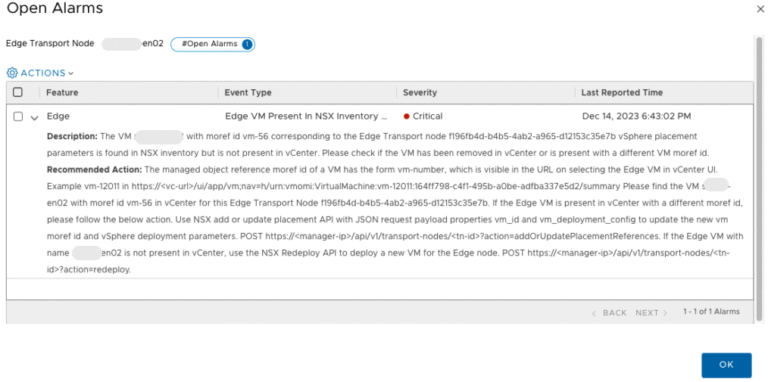Introduction
As cloud and hybrid architectures expand, compliance with global and regional regulations has become a core design challenge. Data residency laws, privacy frameworks, and industry regulations demand proactive controls. Compliance by design means embedding legal and policy alignment into your architecture from the very start.
Why Compliance Must Be Proactive
Waiting until after a migration to check compliance is a recipe for risk. Fines, business disruption, or forced repatriation can result from accidental policy violations. The only safe approach is to make compliance a design principle and automate checks wherever possible.
Diagram: Compliance-by-Design Workflow

Diagram Description:
Legal and industry requirements inform architecture and policy. Automated audits and enforcement feed back to keep the architecture compliant as rules evolve.
Key Regulations Impacting Data Residency
- GDPR (Europe):
Requires strict localization and controls for personal data. - CCPA (California):
Mandates protection and potential residency for California residents’ data. - HIPAA (US Healthcare):
Restricts where and how health records can be processed. - Canadian PIPEDA, Australian Privacy Act, and more:
Each region introduces its own residency and processing rules.
Vendor Compliance Capabilities
- Microsoft Azure:
Azure Policy and Blueprints for automated enforcement, Sovereign Cloud for EU and government workloads. - VMware:
NSX and vSphere security, plus HCX policies for jurisdictional placement and network segmentation. - Nutanix:
Data locality, cluster-based placement, and compliance-focused dashboards in Prism. - Dell:
Compliance-aware storage tiering and policy automation via APEX and PowerScale.
Compliance-Driven Design Checklist
- Identify All Data Residency and Regulatory Requirements
Work with legal and compliance teams to document applicable laws and contractual obligations. - Map Data Flows and Storage Locations
Visualize where all data types are created, stored, and moved. - Architect with Controls Up Front
Use built-in policy engines and automate placement decisions to meet residency needs. - Continuously Monitor and Audit
Implement automated monitoring to detect drift from intended policy. - Automate Reporting and Remediation
Use compliance dashboards and automated workflows to ensure ongoing alignment.
Sample Scenario: Multi-National Retailer
A global retailer must store EU customer data within European borders to comply with GDPR. They use Azure Policy to restrict storage account locations, VMware NSX for regional segmentation, and Nutanix Prism for monitoring. Dell PowerScale enforces archival data residency by tier.
Table: Vendor Tools for Compliance and Residency
| Vendor | Compliance Tool | Residency/Regulatory Feature |
|---|---|---|
| Microsoft | Azure Policy, Blueprint | Automated enforcement, region lock |
| VMware | NSX, HCX, vSphere | Segmentation, policy-based migration |
| Nutanix | Prism, AOS | Locality, compliance dashboards |
| Dell | APEX, PowerScale | Tiered storage, policy automation |
Actionable Recommendations
- Bring legal and IT teams together early for architecture decisions.
- Use vendor-native policy tools to automate residency enforcement.
- Monitor compliance continuously, not just before audits.
- Regularly review and update policies as regulations evolve.
- Document compliance as part of every migration and architectural change.
Further Reading & Resources
Conclusion
Compliance by design is not optional in today’s hybrid and multi-cloud world. By integrating data residency and regulatory alignment from the outset, organizations avoid costly mistakes and ensure sustainable cloud success. Use the tools and practices from Microsoft, VMware, Nutanix, and Dell to build an environment where compliance is automatic and continuous.






